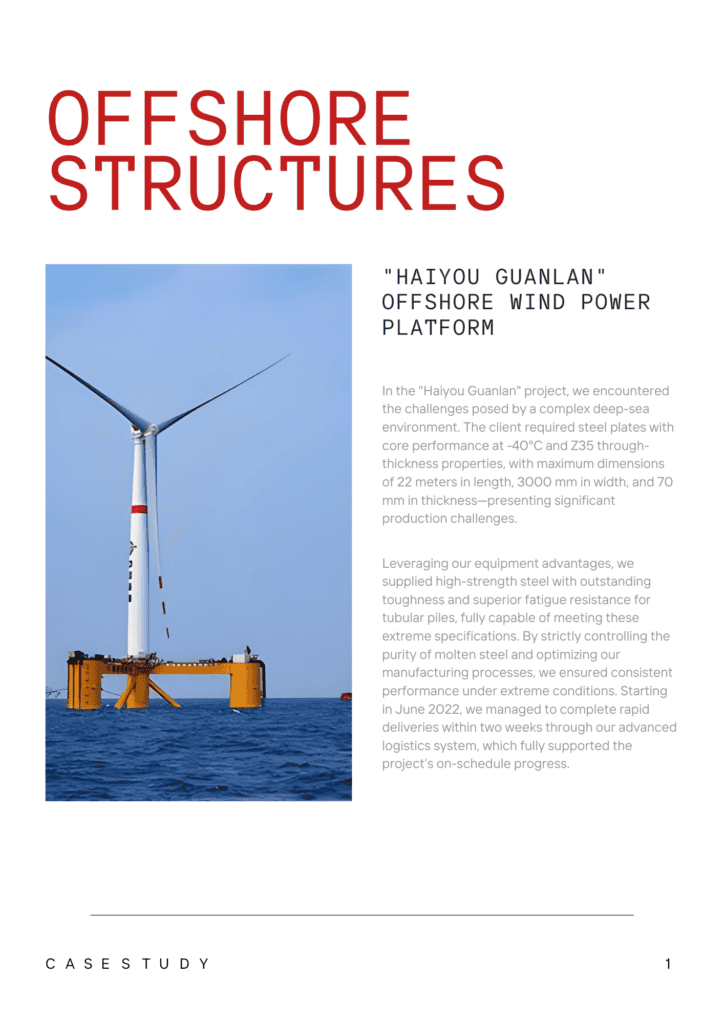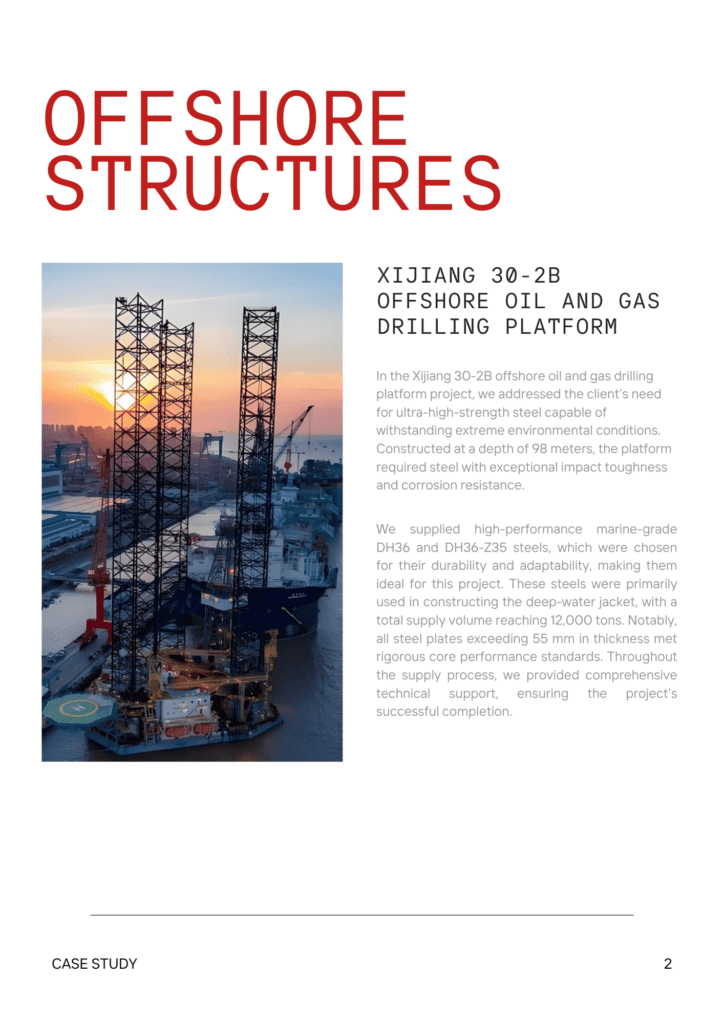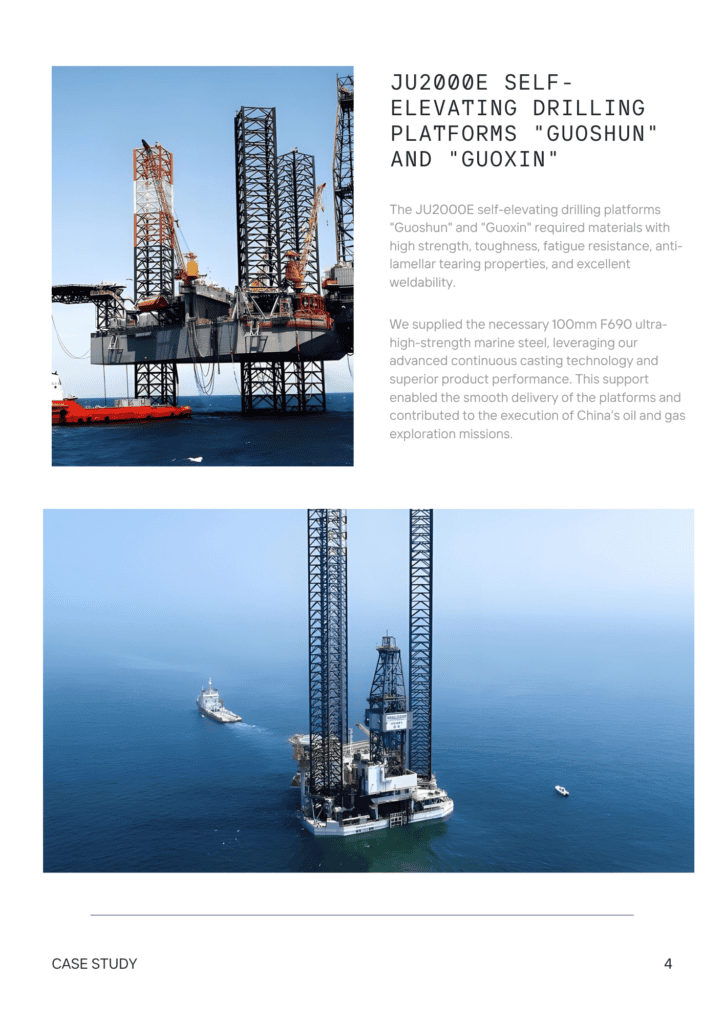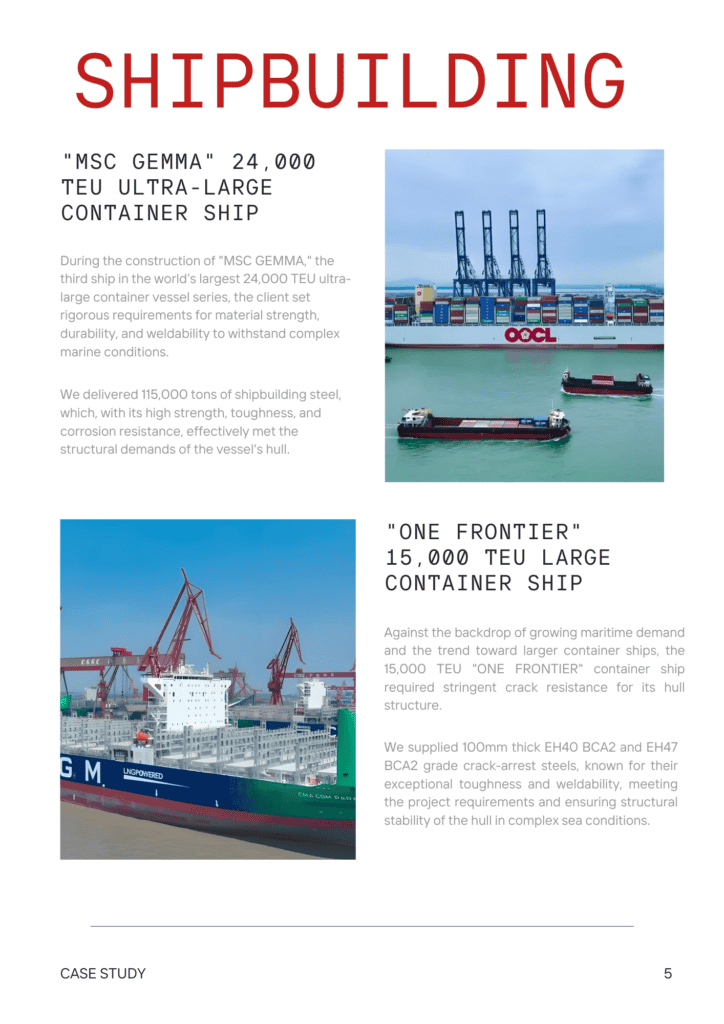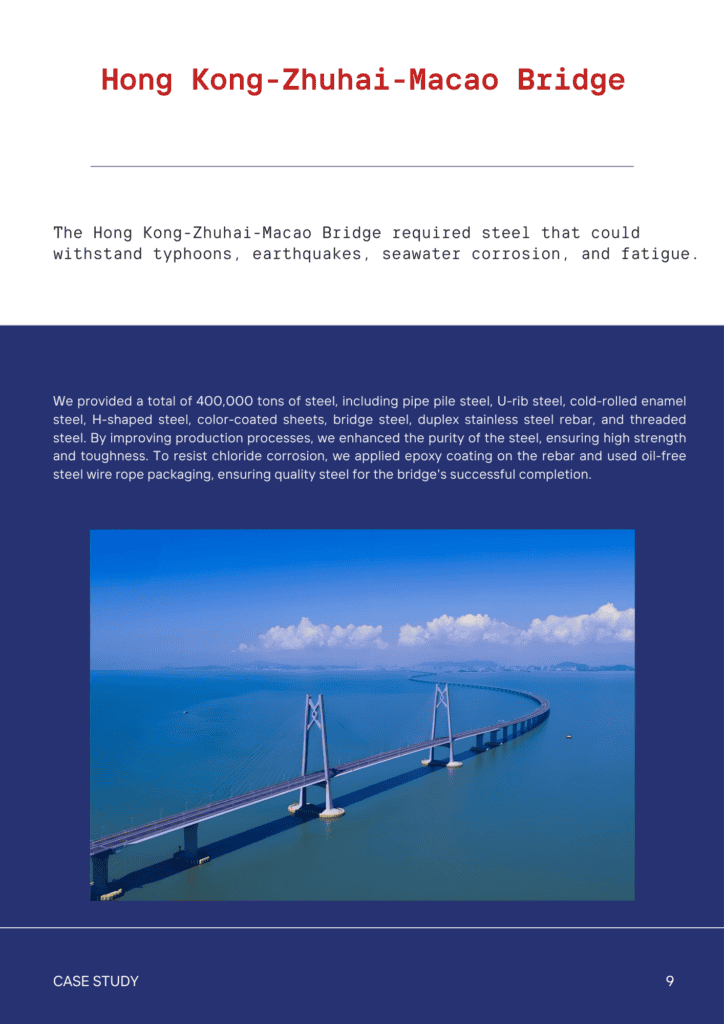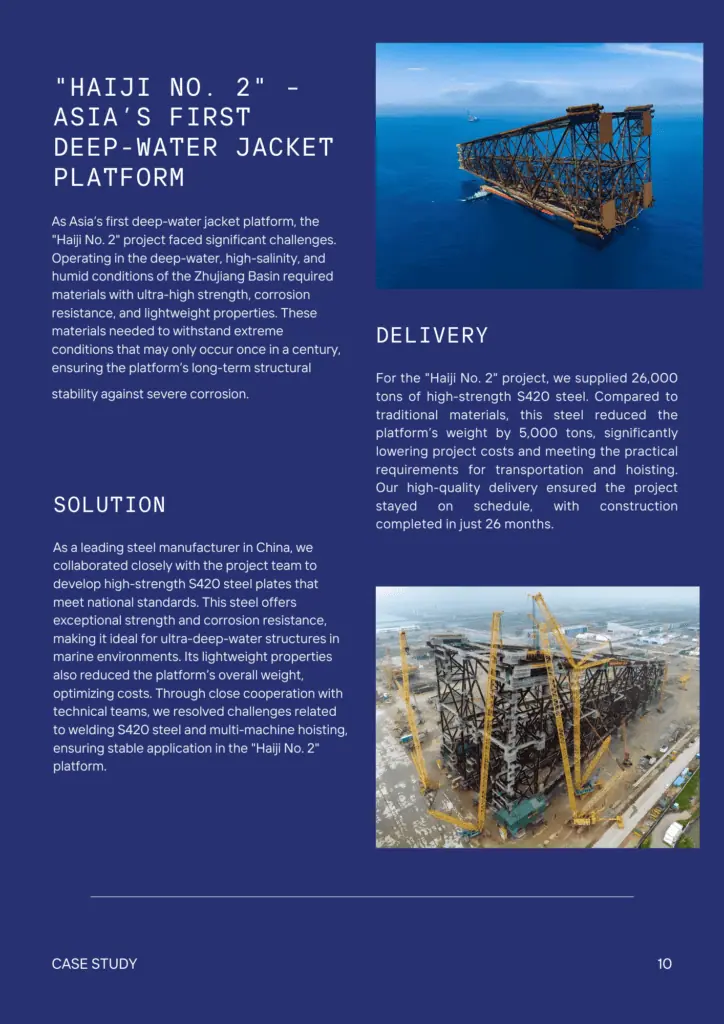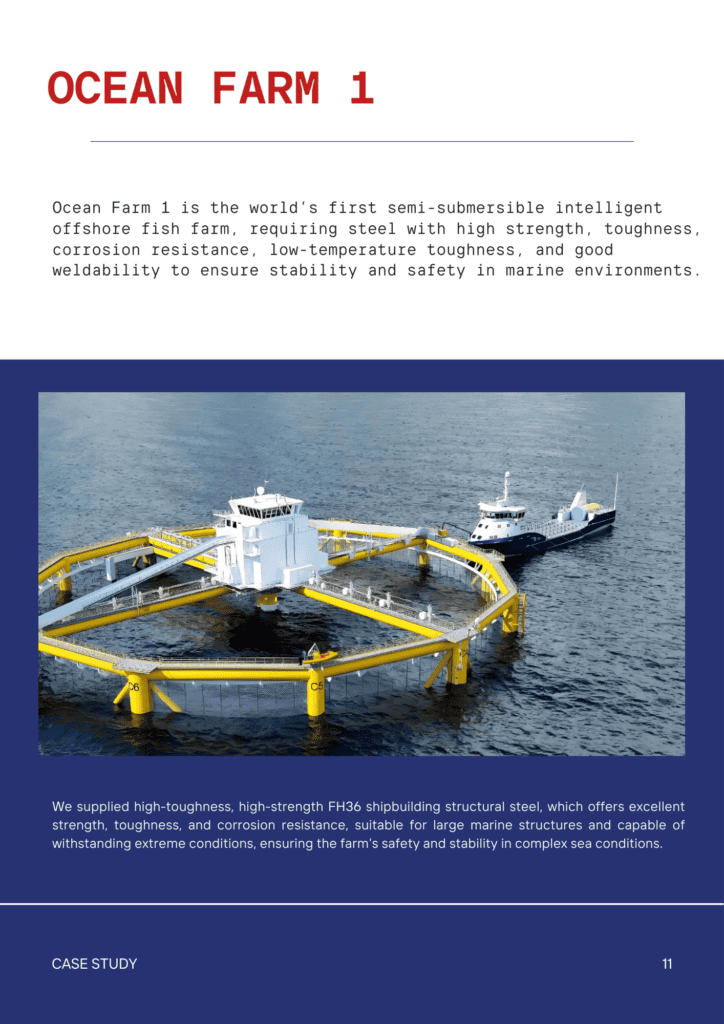Contents
H13 Tool Steel Heat Treatment: A Guide by SteelPro Group
- John
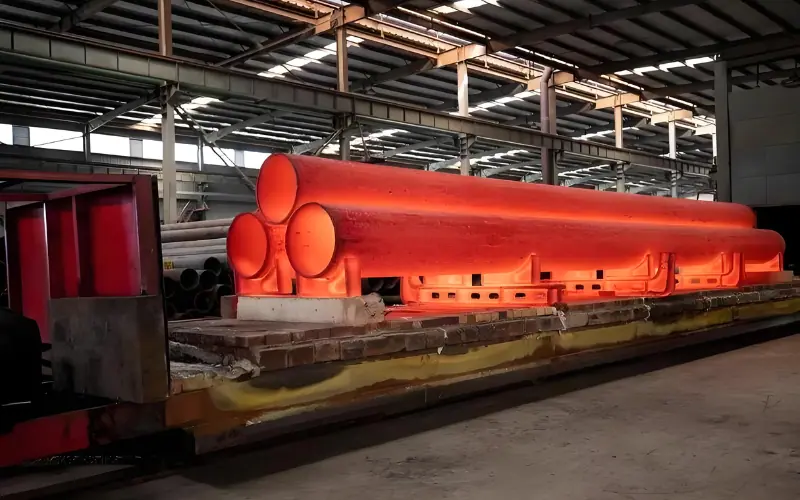
At SteelPro Group, we offer H13 steel products in annealing conditions, allowing you to move quickly into the next steps of your project. Additionally, we assist with solid solution treatments, pre-hardening, and other heat treatment needs to ensure your steel meets the exact specifications required.
H13 Tool Steel Heat Treatment Process
Annealing
Process:
- Heat at a rate of 222°C (400°F) per hour to 857-885°C (1575-1625°F).
- Hold for 1 hour per 25.44mm (1 inch) thickness (minimum 2 hours).
- Slow-cool in the furnace at no more than 28°C (50°F) per hour until it reaches 538°C (1000°F), then air cool to room temperature.
Function:
By slowly heating and cooling, the crystalline structure stabilizes, reducing hardness, increasing ductility, and improving machinability. This process promotes a uniform grain structure, minimizing the risk of distortion or cracking in later stages. Essentially, annealing enhances the material’s workability and prepares it for the hardening process.
Hardening
Preheating
Process:
- For complex shapes: Preheat at no more than 222°C (400°F) per hour to 621-677°C (1150-1250°F), then heat evenly to 816-871°C (1500-1600°F).
- For simpler shapes: Directly heat to 816-871°C (1500-1600°F).
Function:
Preheating ensures uniform temperature distribution across the steel and minimizes the risk of thermal shock, particularly in more intricate shapes. Heating slowly at the initial stage allows the steel to expand gradually, reducing the chance of cracking or warping during the subsequent high-temperature processes.
Austenitizing
Process:
- Heat to 982-1032°C (1800-1900°F).
- Hold for 1 hour per 25.44mm (1 inch) thickness at the desired temperature.
Function:
Austenitizing allows carbon to diffuse and carbides to dissolve, improving hardness and wear resistance. At lower temperatures, we prioritize toughness. At higher temperatures, we maximize hardness. Holding the material at temperature ensures uniform transformation throughout the steel.
Quenching
Process:
- For air quenching, cool H13 tool steel in a pressurized air stream at a rate of approximately 10-20°C (50-70°F) per second.
- For oil quenching, ensure the quenching medium is at the appropriate temperature (around 40-60°C / 104-140°F).
Function:
Quenching rapidly cools H13 from austenitizing temperatures, transforming it into martensite and increasing hardness. Air quenching provides slower cooling, reducing thermal stress and distortion, while oil quenching offers faster cooling, resulting in higher hardness but increased internal stresses. The choice of quenching medium depends on the geometry and desired properties.
Tempering
Process:
- Heat to 540-620°C (1000-1150°F).
- Hold for 1-2 hours then air cool.
Temper twice after quenching. This step helps relieve stresses and ensures your parts aren’t too brittle. For most applications, tempering at 500-600°C (932-1112°F) for 1-2 hours works well.
Function:
Tempering reduces brittleness by allowing martensite to transform into a more stable microstructure. This improves toughness and relieves stresses from quenching while retaining essential hardness.
Cold Treatment
Low-temperature Treatment
Process:
- The steel is cooled to temperatures between -70°C to -80°C.
- It is then soaked at this temperature for 12 to 24 hours, depending on the size and complexity of the part.
- After soaking, the steel is slowly warmed back to room temperature to avoid thermal shock.
Function:
This treatment helps relieve internal stresses that can build up during earlier processes like hardening, machining, or welding, preventing cracks or warping. It also boosts thermal fatigue resistance, which is important for parts like molds and dies.
Cryogenic Treatment
Process:
- The steel is cooled to extremely low temperatures of -196°C using liquid nitrogen.
- It is soaked at this temperature for 24 to 48 hours to ensure thorough treatment.
- After soaking, the material is slowly returned to ambient temperature to avoid any harm.
Function:
Cryogenic processing transforms residual austenite into martensite, enhancing hardness and abrasion resistance. It also enhances dimensional stability, reduces cracking risks, and boosts toughness and fatigue resistance, making H13 more durable in demanding applications.
Heat Treatment Recommendations for H13 Steel Applications
At SteelPro Group, we provide expert recommendations to ensure your H13 tool steel performs optimally for your specific needs. Here is an overview of the best approach for different applications:
| Application | Annealing | Hardening | Tempering | Pre-hardening | Stress Relieving |
| Die Casting Molds | √ | √ | √ | ||
| Plastic Molding Tools | √ | √ | |||
| Hot Forging Dies | √ | √ | √ |
For personalized heat treatment advice, reach out to our experts at SteelPro Group. We have worked on numerous projects, from die-casting molds to hot forging dies, helping clients achieve optimal results with H13 tool steel. Let us guide you to the optimal heat treatment for your H13 tool steel.
Get Precision-Engineered H13 Tool Steel for Your Project
We provide a wide range of H13 tool steel products in various forms, including bars, plates, and custom dimensions. Our heat treatment processes are meticulously controlled to ensure precise results for enhanced strength, durability, and performance.




